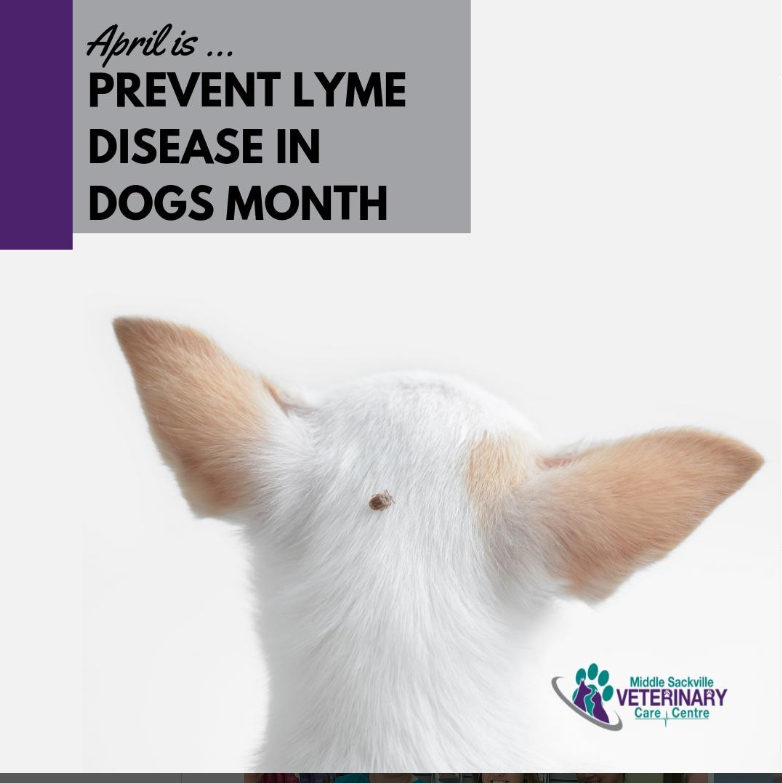Pets First Aid
Pets are beloved members of our families, and we want to do everything we can to keep them safe and healthy. One way to do this is to learn basic pet first aid. Knowing what to do in an emergency can save your pet’s life.
Why is pet first aid important?
Pet first aid is essential for several reasons. First, it can help you to stabilize your pet before you get them to the vet. This is especially important in life-threatening situations, such as if your pet is bleeding heavily or has stopped breathing.
Second, pet first aid can help to reduce your pet’s pain and suffering. For example, if your pet has a burn, you can apply cold compresses to help relieve the pain.
Third, pet first aid can help to prevent complications from developing. For example, if your pet has a cut, you can clean and bandage it to prevent infection.

What should be in a pet first aid kit?
A basic pet first aid kit should contain the following items:
- Sterile gauze pads
- Adhesive tape
- Elastic bandage
- Scissors
- Tweezers
- Muzzle (for dogs)
- Elizabethan collar (for cats)
- Antiseptic wipes
- Hydrogel burn dressing
- Instant cold compress
- Pet-safe pain reliever
- Pet-safe diarrhea medication
- Pet-safe vomiting medication
- Syringe (for administering medication)
- Emergency contact information for your veterinarian
Common pet emergencies
Some of the most common pet emergencies include:
- Choking
- Bleeding
- Burns
- Shock
- Heatstroke
- Poisons
- Seizures
- CPR
Choking
If your pet is choking, try to dislodge the object from their throat by gently pressing on their chest or abdomen. If you cannot dislodge the object, immediately take your pet to the vet.
Bleeding
If your pet is bleeding, apply direct pressure to the wound with a sterile gauze pad. You may need a tourniquet above the damage if the bleeding is heavy. Take your pet to the vet immediately.
Burns
If your pet has a burn, cool the area with cold water for 10-15 minutes. Apply a hydrogel burn dressing to the affected area. Take your pet to the vet immediately.
Shock
Shock is a life-threatening condition that can occur when your pet’s body does not have enough blood or oxygen. Symptoms of shock include pale gums, weakness, rapid breathing, and a low heart rate. If your pet is in shock, wrap them in a blanket and immediately take them to the vet.
Heatstroke
Heatstroke is life-threatening when your pet’s body temperature becomes too high. Symptoms of heatstroke include panting, drooling, vomiting, and diarrhea. If your pet shows signs of heatstroke, move them to a calm, shady place and apply cold compresses to their head and neck. Take your pet to the vet immediately.
Poisons
If your pet has ingested a poisonous substance, immediately contact your veterinarian or a poison control center. Do not induce vomiting unless directed to do so by a veterinarian.
Seizures
If your pet has a seizure, time the seizure and note any other symptoms. Stay with your pet until the seizure has passed. If the seizure lasts more than 5 minutes or your pet has multiple seizures in a row, take them to the vet immediately.
CPR
If your pet has stopped breathing, you can perform CPR. Place your pet on their side and extend their neck to do this. Place your hands on their chest and compress it firmly 10-12 times per minute. Suppose you can give your pet artificial respiration by blowing into their nose. Continue CPR until your pet starts breathing again or until you reach the vet.
When to take your pet to the vet
If your pet has experienced any of the abovementioned emergencies, it is essential to take them to the vet immediately. Even if your pet seems to be recovering well, it is still a good idea to take them to the vet to be checked out.
Pet first aid courses
Several pet first aid courses are available that can teach you how to handle common pet emergencies. These courses are a great way to learn the skills you need to keep your pet safe and healthy.
Conclusion
Pet first aid is an essential skill for all pet owners to know. You can help your pet in an emergency by learning basic pet first aid.


